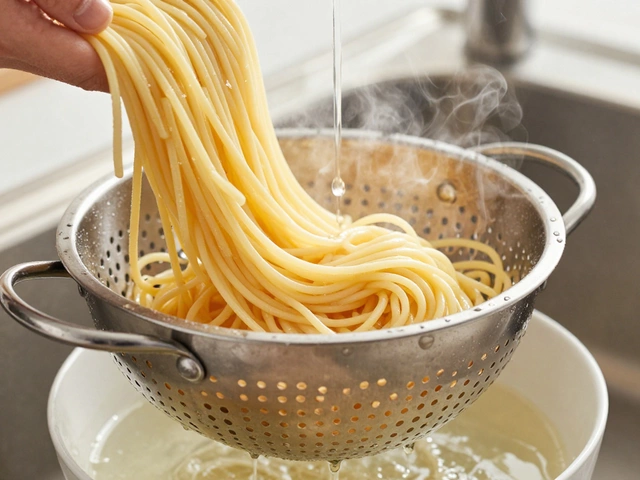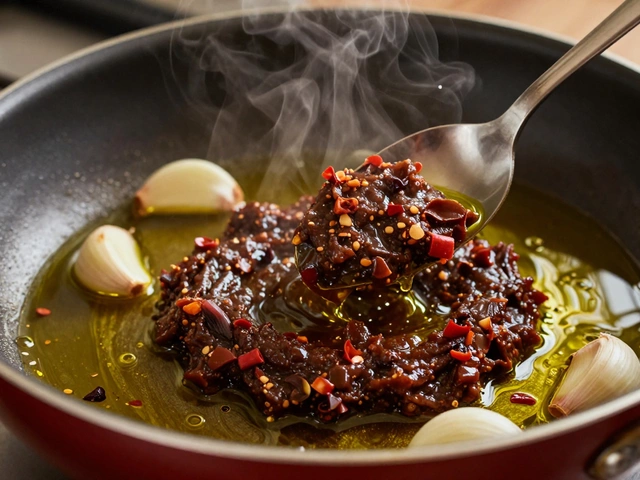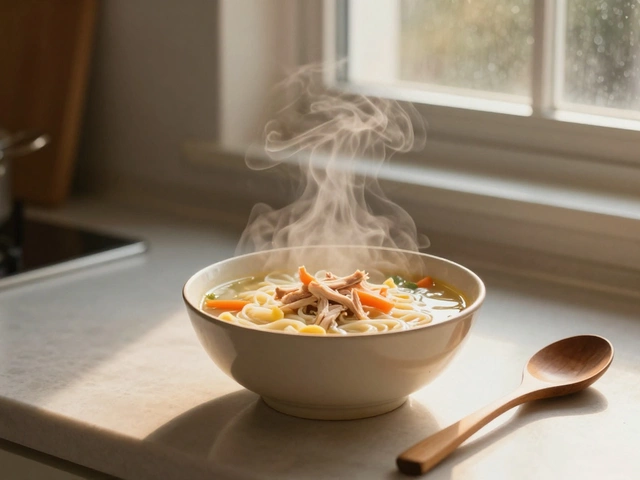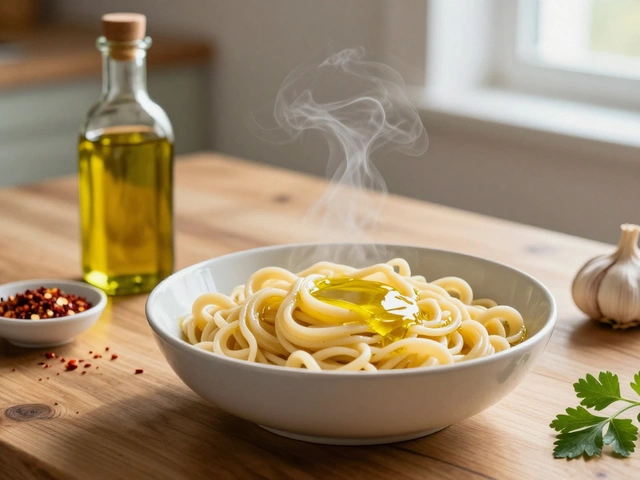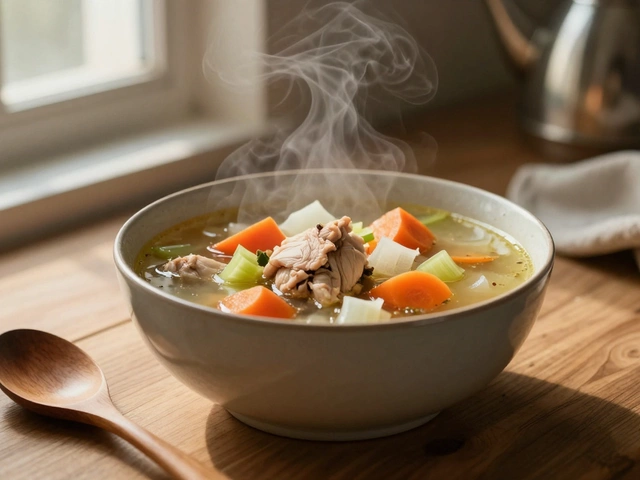World Cuisine: Explore Global Flavors
Ever wonder why some meals can instantly transport you to another country? That’s the power of world cuisine. It’s not just about exotic ingredients – it’s about mixing spices, techniques, and traditions that make food memorable. On this page you’ll learn why trying dishes from different cultures is worth the effort and how to start without a pantry full of rare items.
Why Try World Cuisine?
First, eating foods from other places expands your taste buds. A pinch of cumin from India, a splash of soy sauce from China, or a spoonful of olive oil from the Mediterranean each brings a unique feeling. Second, cooking these meals can be simple and cheap. Many classic dishes rely on staples like rice, beans, or pasta – ingredients you probably already have.
Third, learning a few basic techniques, like tempering spices or making a quick stir‑fry, gives you tools you can reuse in countless recipes. You’ll find that the same skill helps you whip up a Mexican taco, a Thai curry, or a Greek salad without starting from scratch each time.
Getting Started with International Recipes
Start with dishes that need few ingredients and short prep time. A classic Indian dal, a Japanese miso soup, or a Mexican black‑bean quesadilla can be ready in under 30 minutes. Look for recipes that list pantry basics – salt, pepper, oil, garlic – and then add a single new spice or sauce for flavor.
When you’re ready to go a step further, try swapping a single ingredient for a more authentic version. Replace regular flour with chickpea flour for a gluten‑free Indian flatbread, or use coconut milk instead of dairy in a Thai curry. Small changes make a big difference without blowing your budget.
Don’t forget to taste as you go. International cooking often relies on balancing salty, sweet, sour, and spicy. A splash of lime, a pinch of sugar, or a dash of chili can turn a good dish into a great one. Trust your palate – if it tastes right to you, it’s probably right for the recipe.
Plan a “world cuisine night” once a week. Pick a country, find a simple recipe, and gather the ingredients in a single shopping trip. Invite friends or family and make it a fun, low‑stress experiment. You’ll build confidence quickly and discover new favorites.
Remember, you don’t need a fully stocked spice rack to start. A basic set of cumin, paprika, chili powder, and dried herbs covers many dishes. As you explore, add new spices one at a time – you’ll never feel overwhelmed.
Finally, keep a notebook of what you’ve tried. Jot down the recipe name, any tweaks you made, and how it tasted. Over time you’ll see patterns, like which flavors you love most, and you’ll create a personal cheat‑sheet for future meals.
World cuisine is all about curiosity and the joy of trying something new. With a few simple steps, you can bring the tastes of Delhi, Rome, Mexico City, and beyond right into your kitchen. Start small, stay adventurous, and enjoy the ride.

Most Popular Dinner Food: Exploring Global Favorites
by Landon Weathers / 21 Feb 2025Dinner is more than just a meal; it's a remarkable tapestry of flavors from around the world. This article explores the most popular dinner foods globally, offering insights into easy recipes and cultural favorites. Discover why certain dishes win our hearts and taste buds universally. Whether it's the universal love for pasta or the creative spin on rice dishes, there's a world of flavors to explore. Join us on this flavorful journey and get inspired to try something new for dinner tonight.
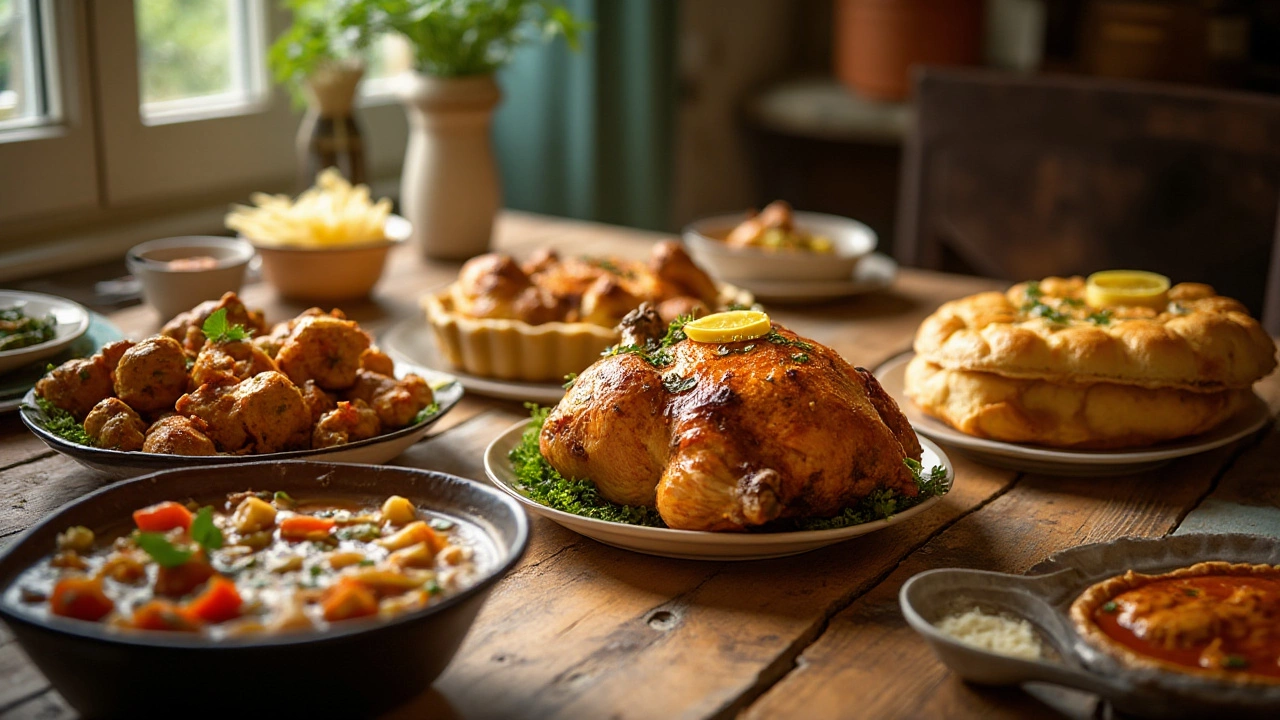
Exploring the World's Most Popular Chicken Dishes: A Culinary Journey
by Landon Weathers / 22 Nov 2024Chicken is a versatile and globally beloved ingredient, transcending borders and cuisines. It's featured prominently in some of the most popular meals across the world, from succulent roast chicken to savory curry blends. This article delves into why chicken recipes remain a staple in many diets, highlights interesting variations from different cultures, and offers practical tips for home cooks to replicate these classic dishes. Embark on a flavorful journey to uncover universal preferences and unique twists that continue to make chicken a go-to choice for millions.
